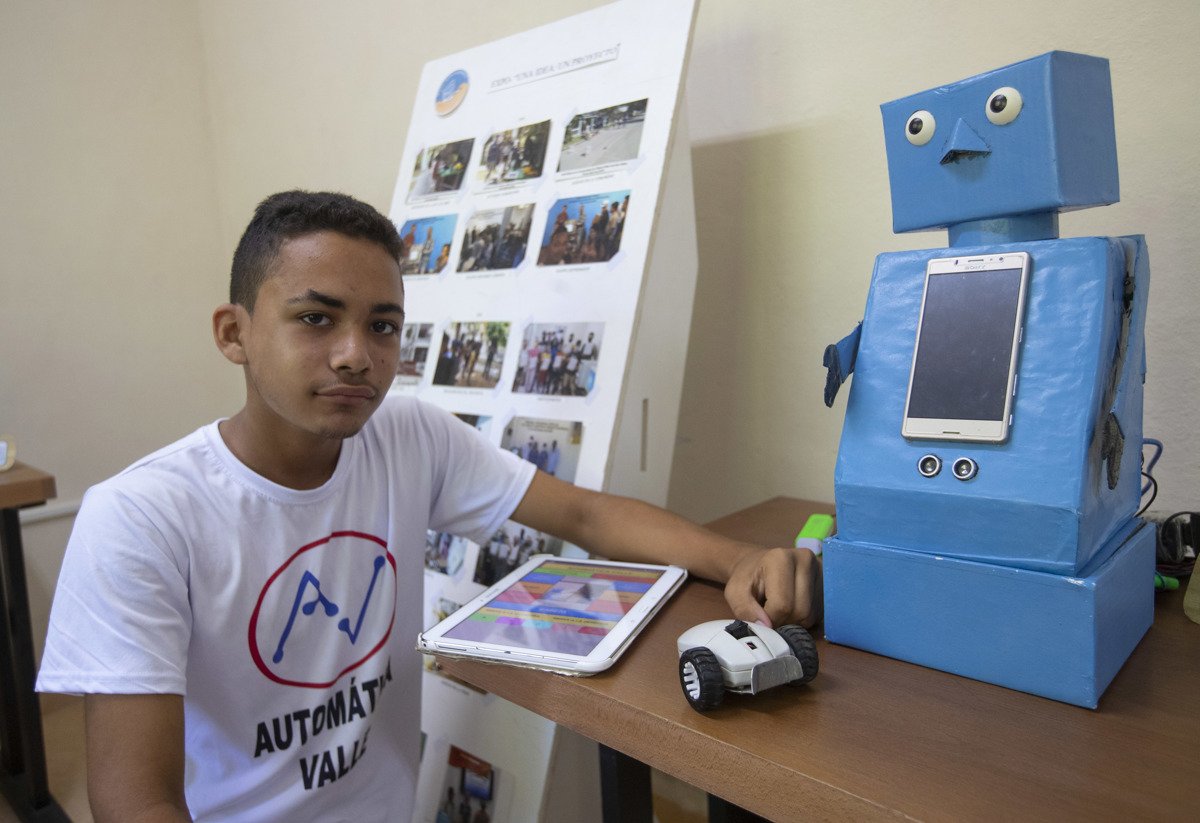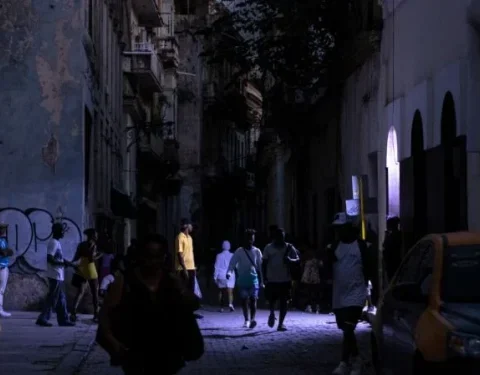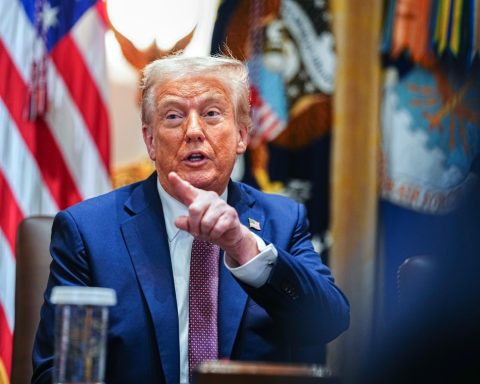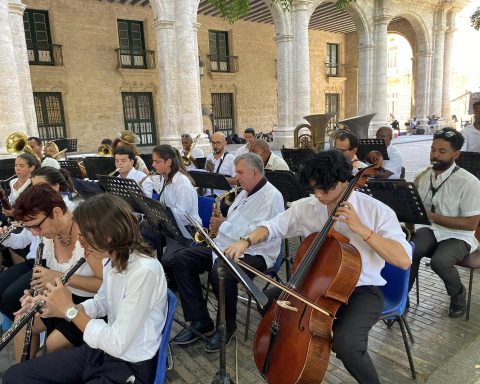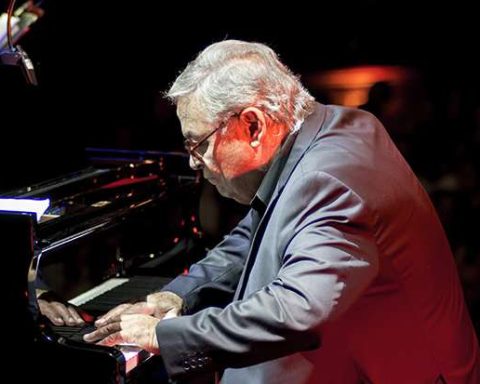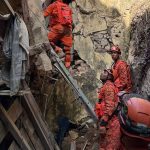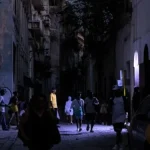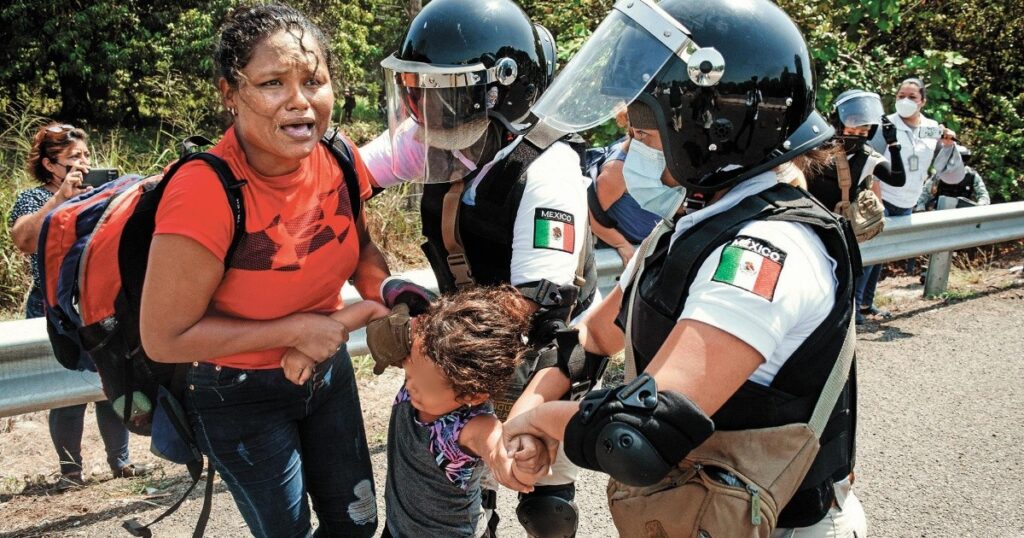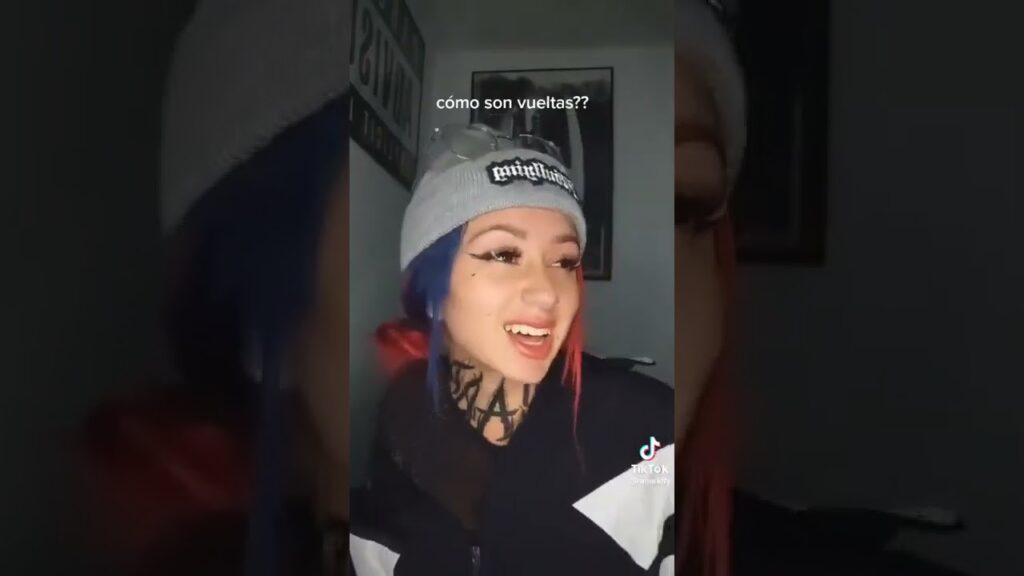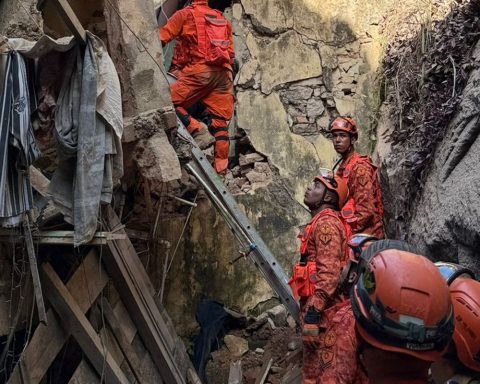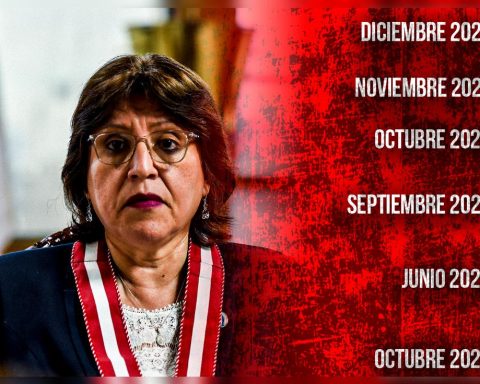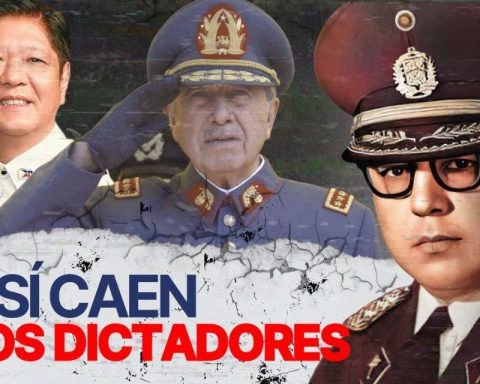Bryana Alfonso, a 12-year-old Cuban, uses a tablet to make her doll Bárbara gesticulate thanks to some commands that she herself has learned to write in a writing workshop. computing and that have earned him two national robotics awards.
Barbara, the classic plastic doll with blonde hair, decisively turns her head from left to right, speaks and moves her arms, complying with the orders that her owner gives her from the touch screen.
Bryana can also make her doll’s right eye light up with a bright blue light.
“Barbara has components that allow her to perform actions: two Bluetooth modules, one to control her from the application and another connected to a prosthesis that picks up a small plastic cup,” she explains to EFE with some shyness the girl, from the humble Havana neighborhood of Víbora Park.
The first thing Bryana did was automate the doll, then she added the prosthetic to it. “Because I really like Biology and I would like to help others at some point in the future,” she says.
Barbara also has a small camera embedded in her chest, because the project is not finished. It is “to practice artificial intelligence in the future and to recognize people,” advances the girl.
The doll has given Bryana a few joys. Among the biggest are the awards that she has achieved in the two online editions of the robotics competitions sponsored by the Cuban government.
This high school student discovered robotics in a community workshop given at the Víbora Park Youth Computer Club in her neighborhood. There she met other children her age and with the same concerns as her.
cardboardbot
Because Barbara is not alone. At his side is Cartonbot: a rustic blue robot with the appearance of a classic android, with components from “a disused printer” and a coating “totally made of cardboard,” details Abel Robago, 13, its proud creator.
“It has three stepping motors with which it looks to the left, right; he raises and lowers his arms and controls ‘ratonbot’, a mouse with two plastic wheels », he adds.
This project, which also won a prize in the second national Robotics competition, can “go forward, stop, go backward, turn right or left through a voice command.”
“It can even be controlled from a certain distance with the tablet,” explains Abel.
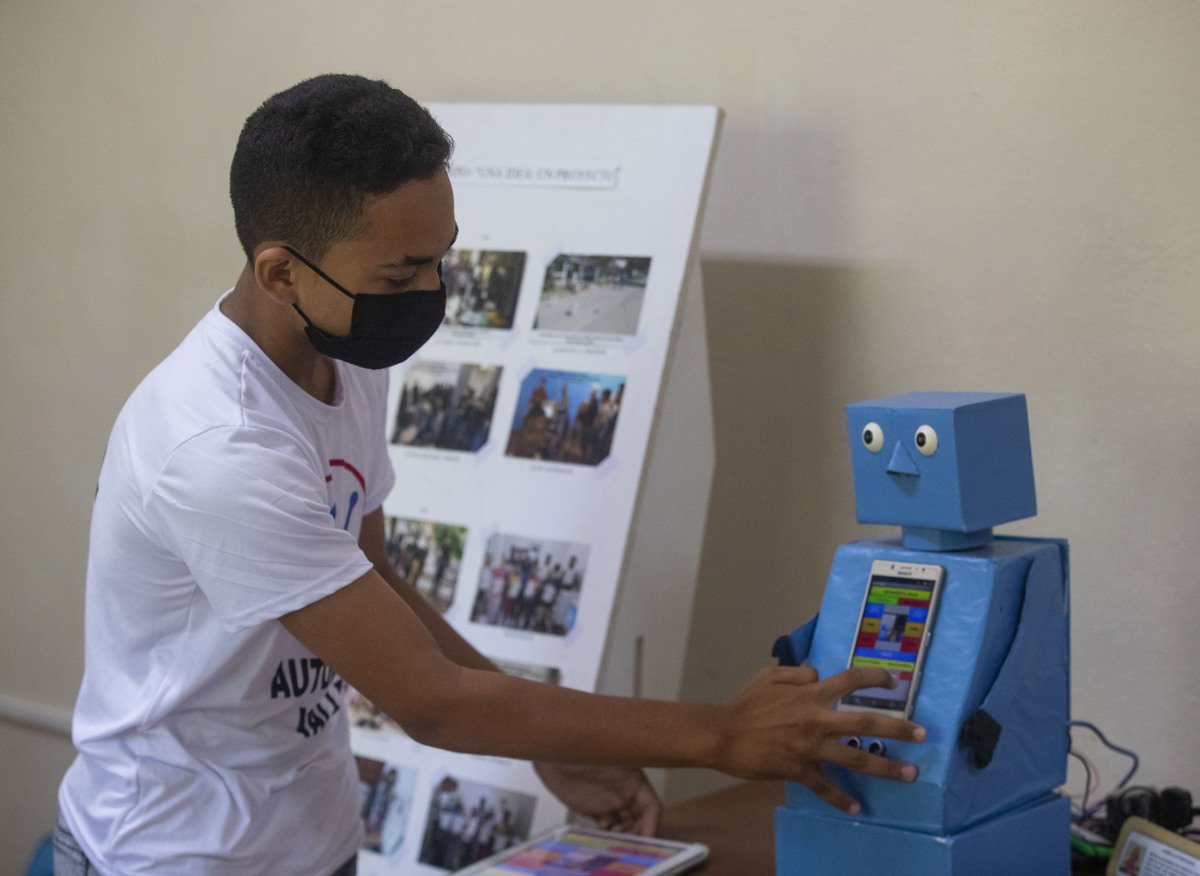
Bárbara and Cartonbot have been made with exclusively recycled materials, free software such as Scratch, Mblock and Arduino, and the App Inventor application.
The robotics components come, meanwhile, from some kits provided by UNESCO, the arm of the United Nations dedicated to children.
educational robotics
Bryana and Abel are part of the “Info-Robotizing” workshop, which is taught at Víbora Park by engineer Francisco García with his private business “Automática Valle”.
“Children program games and animations with Scratch, they indicate the robots through applications for mobile phones and tablets with App Inventor and they give them indications with sound and light using the UnoArduSim tool”, he explains to EFE.
The idea was launched on November 20, 2020, in the midst of the COVID-19 pandemic, “with the purpose of developing more important applications from educational robotics,” says García.
The good results of this small team and its coach have given wings to the initiative, which is spreading to other areas on the outskirts of Havana, such as the municipality of Regla.
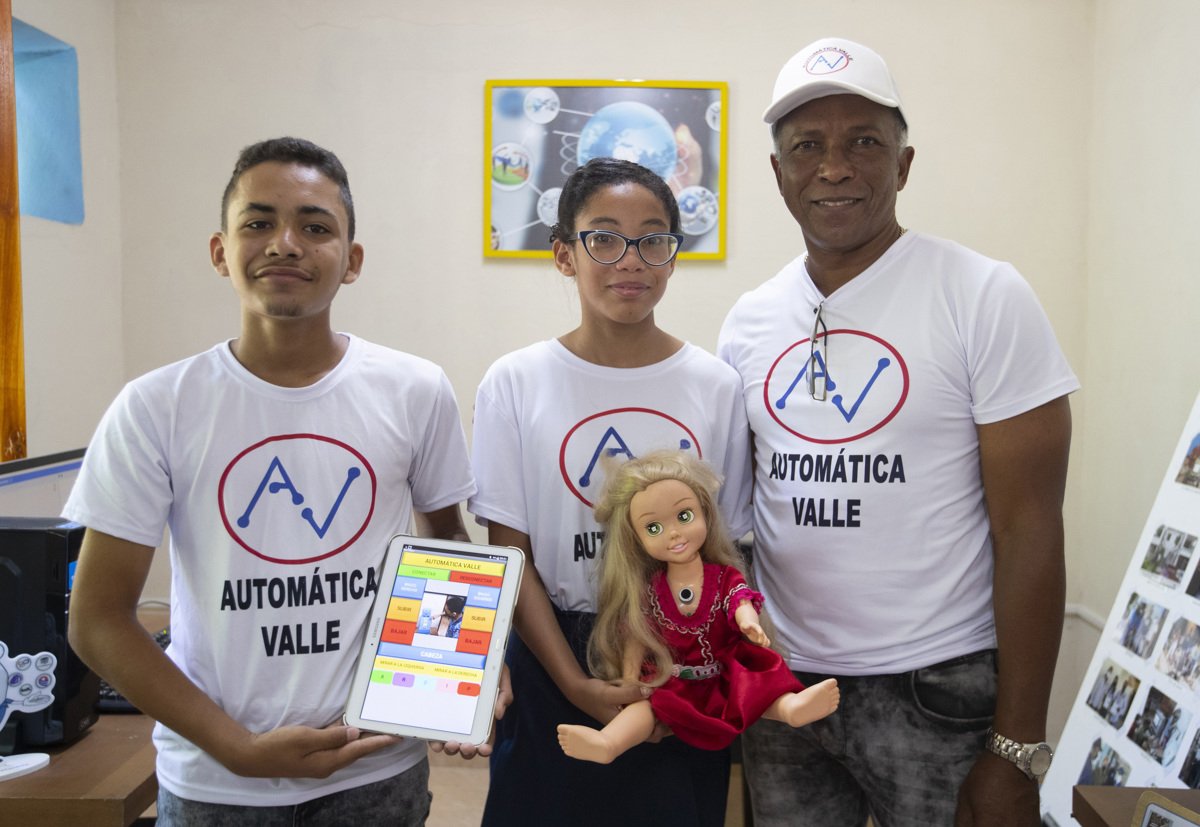
According to official data, of the nearly 600 Youth Clubs throughout the country, 26 already have their robotics laboratory.
The purpose, according to García, is to promote knowledge in robotics from an early age, so that children find a vocation in careers of this type and thus help the development of new technologies in the country.
Regla and Víbora Park are peripheral, working-class and populous neighborhoods that, with the serious crisis that the country is suffering, are going through serious difficulties.
Thousands of Cuban children and adolescents have already participated in workshops like Bryana and Abel’s in Havana and other Cuban provinces.
Laura Becquer / EFE
